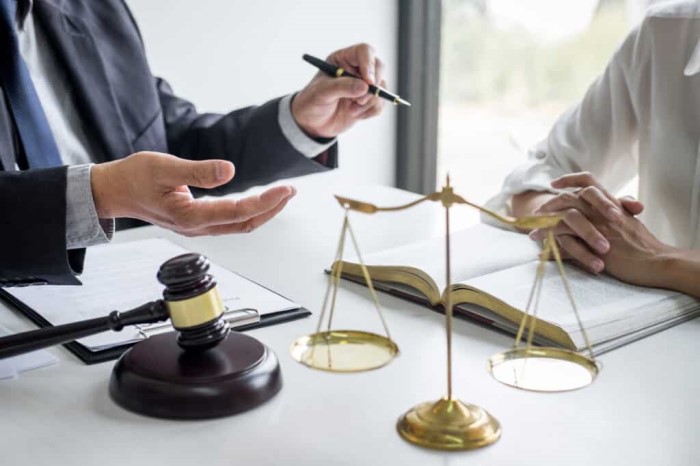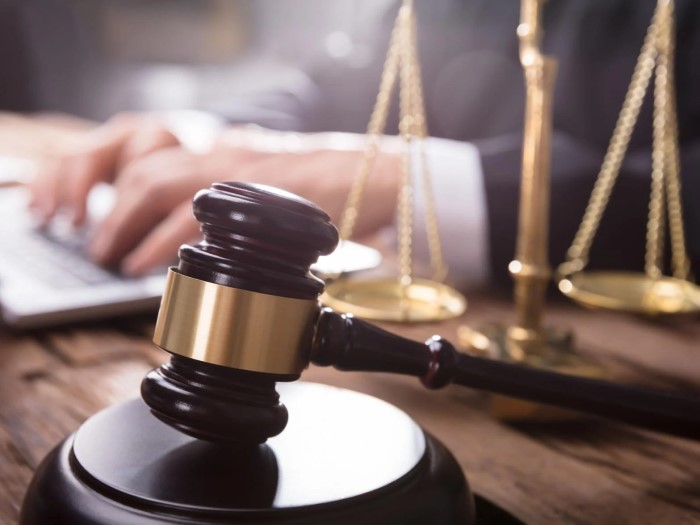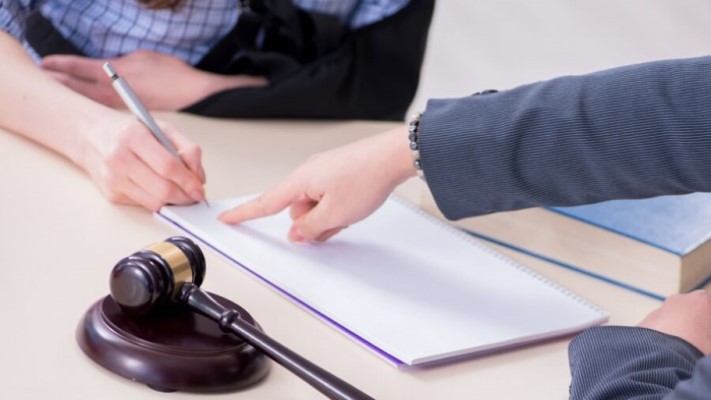Introduction
Pedestrian accidents are a harrowing experience, often leaving victims with severe injuries and emotional trauma. In such situations, determining fault becomes crucial, as it directly impacts your ability to seek compensation for damages. Understanding how fault is shared in pedestrian accidents and its implications on your claim is essential for navigating the legal process effectively.
Understanding Fault in Pedestrian Accidents
In the realm of personal injury law, fault refers to the party responsible for causing an accident or injury. In pedestrian accidents, fault can be attributed to various factors, including negligent drivers, hazardous road conditions, or even the pedestrian themselves. It’s essential to recognize the different types of pedestrian accidents, such as crosswalk collisions, sidewalk accidents, or pedestrian-vehicle crashes, each with its unique circumstances regarding fault.
Determining Fault in Pedestrian Accidents
The process of determining fault in pedestrian accidents involves complex legal considerations. Factors such as traffic laws, right of way, and evidence from the scene play a significant role. However, establishing fault isn’t always straightforward, as multiple parties may share responsibility. Legal experts evaluate various elements to determine the degree of fault for each party involved.
Impact on Your Claim
Fault allocation directly impacts the outcome of your claim. In jurisdictions with comparative negligence laws, your compensation may be reduced based on your degree of fault. For instance, if you’re found partially responsible for the accident, your compensation may be proportionally decreased. Understanding how fault affects your claim is crucial for managing expectations and preparing for negotiations.
Challenges in Proving Fault
Proving fault in pedestrian accidents can be challenging, particularly due to the lack of tangible evidence and the legal complexities involved. Without sufficient proof, establishing liability becomes a daunting task. Moreover, insurance companies may dispute fault to minimize their payouts, adding another layer of complexity to the process.
Steps to Protect Your Claim
To safeguard your claim, proactive measures are necessary. This includes gathering evidence at the accident scene, such as witness statements, photographs, and police reports. Seeking legal assistance from experienced personal injury attorneys can also significantly enhance your chances of proving fault and securing fair compensation.
Common Misconceptions
Many individuals harbor misconceptions about fault in pedestrian accidents, leading to misunderstandings about their legal rights. One prevalent misconception is the belief that pedestrians always have the right of way. While pedestrians enjoy certain rights, they are also expected to exercise caution and adhere to traffic laws. Consulting with legal professionals can help dispel such myths and provide clarity regarding fault allocation.
FAQs (Frequently Asked Questions)
Conclusion
Navigating the complexities of fault in pedestrian accidents requires a thorough understanding of legal principles and diligent advocacy. By recognizing the factors influencing fault determination and taking proactive steps to protect your claim, you can maximize your chances of receiving fair compensation for your injuries and losses.




